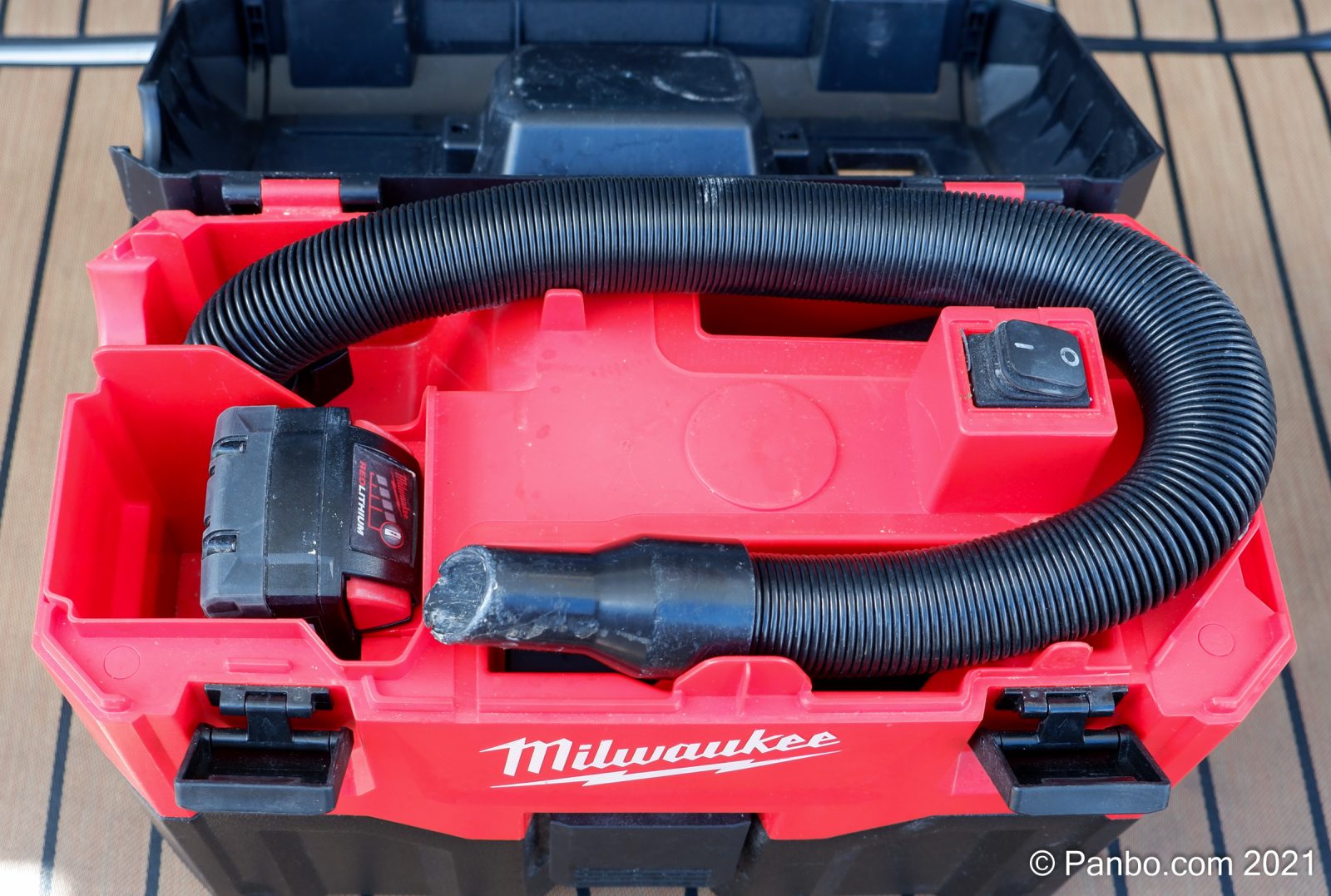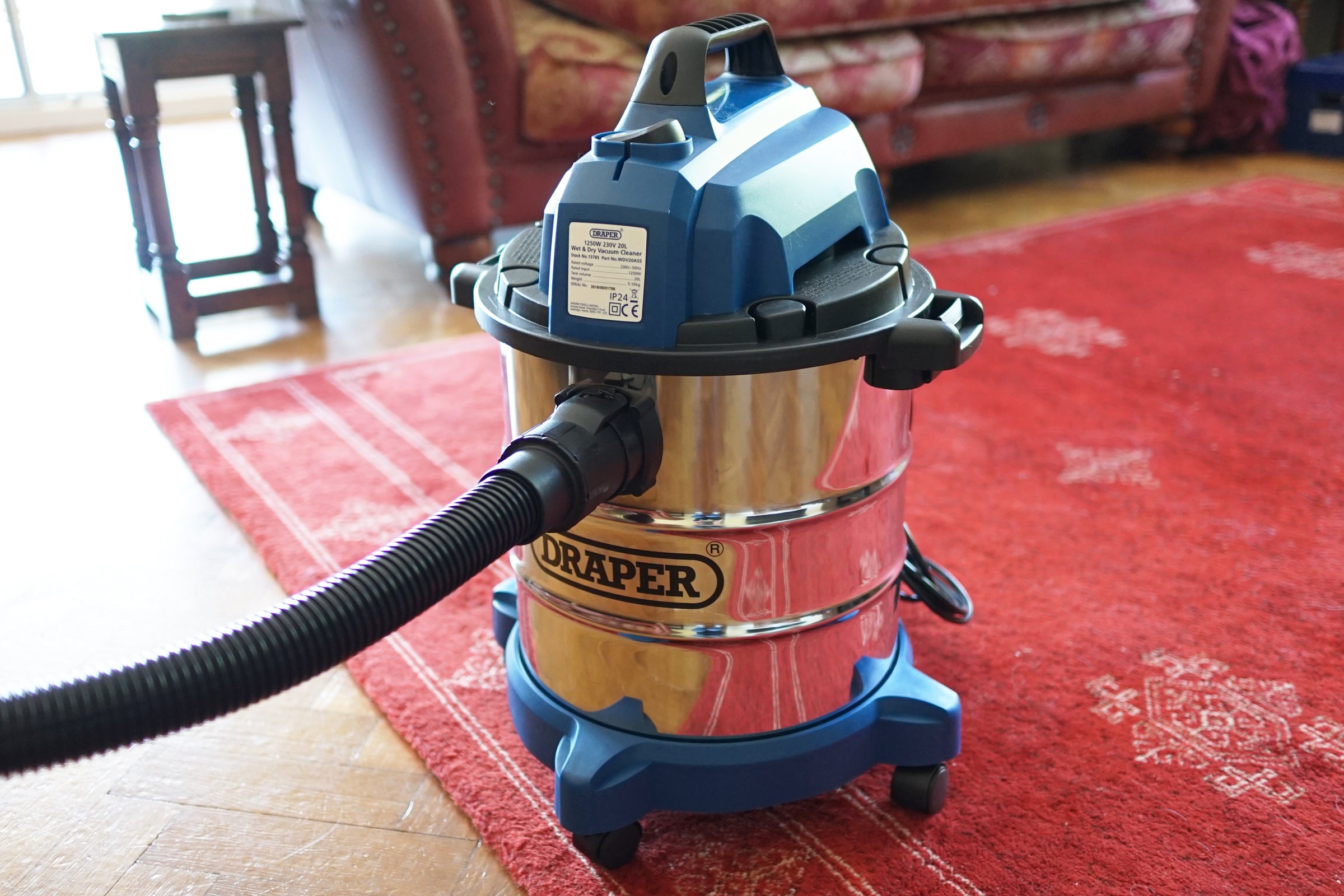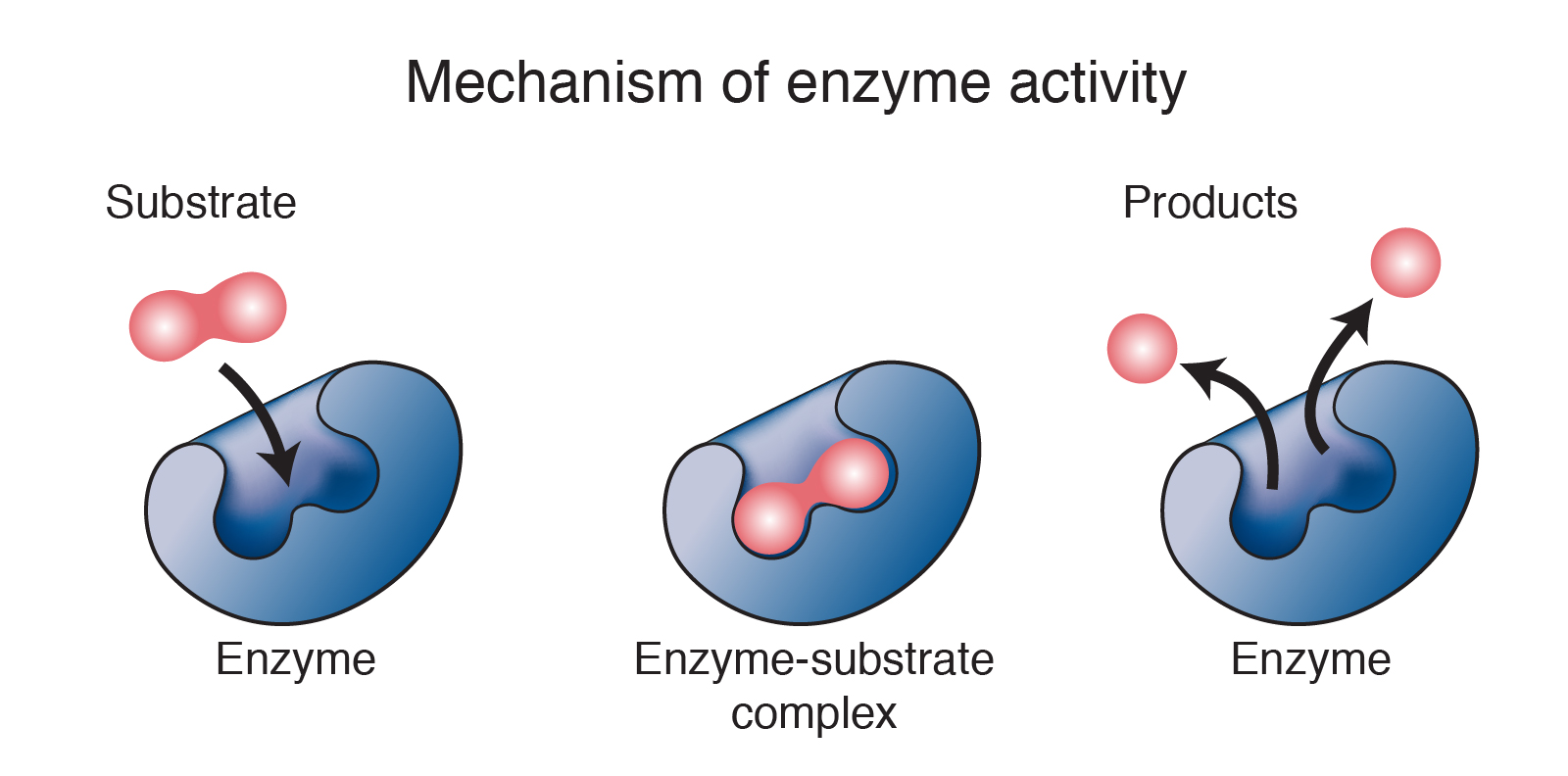If you're dealing with a clogged kitchen sink, the first tool you should reach for is a plunger. This trusty tool is designed to create suction and pressure to dislodge any blockages in your pipes. Start by filling your sink with enough water to cover the plunger, then place the plunger over the drain and push down and pull up rapidly. This motion will create a vacuum that can help to clear the clog. Repeat the process a few times and then run hot water down the drain to see if the blockage has been cleared.1. Plunger
If the plunger doesn't do the trick, try using a mixture of baking soda and vinegar. This natural and chemical-free solution can help to break down and dissolve any organic material causing the clog. Start by pouring a pot of boiling water down the drain, followed by half a cup of baking soda. Let it sit for a few minutes and then pour a cup of vinegar down the drain. The mixture will create a foaming reaction that can help to loosen and push out the clog. Follow up with another pot of boiling water to flush out the pipes.2. Baking soda and vinegar
In some cases, simply pouring a pot of boiling water down the drain can be enough to dislodge a clog. This method works well for grease or soap buildup in the pipes. The hot water can help to melt and flush away any solidified substances that may be blocking the drain. Be careful when handling boiling water and make sure to pour it slowly to avoid splashing.3. Boiling water
A drain snake, also known as a drain auger, is a long, flexible tool with a coiled wire at the end. It is designed to navigate through the curves of your pipes and break up any clogs. To use a drain snake, insert the wire into the drain and turn the handle clockwise to push it further in. Once you feel resistance, turn the handle counterclockwise to hook onto the clog and pull it out. This tool is especially useful for hair clogs in bathroom sinks.4. Drain snake
A plumber's snake, also known as a plumbing auger, is similar to a drain snake but is designed for larger and more stubborn clogs. It has a longer and thicker cable that can reach deeper into your pipes. This tool is best used for clogs that are further down the drain, such as in the main sewer line. A plumber's snake can be rented or purchased at most hardware stores, but it may require some skill and strength to use.5. Plumber's snake
If you suspect that the clog in your kitchen sink is caused by grease or oil buildup, try using dish soap and hot water to break it down. Start by pouring a cup of dish soap down the drain, followed by a pot of boiling water. The soap will help to emulsify the grease and the hot water will flush it away. You may need to repeat this process a few times for stubborn clogs.6. Dish soap and hot water
Another natural and chemical-free solution for a clogged kitchen sink is a mixture of salt and boiling water. Start by pouring half a cup of salt down the drain, followed by a pot of boiling water. The abrasive nature of salt can help to break down any solidified substances in the pipes. Let it sit for a few minutes and then flush with another pot of boiling water.7. Salt and boiling water
If you have a wet/dry vacuum, it can be a useful tool for unclogging your kitchen sink. Start by setting the vacuum to the wet setting and cover the vent with a cloth to create suction. Place the hose over the drain and turn on the vacuum. The suction can help to pull out any clogs in the pipes. This method may not work for all types of clogs, but it's worth a try before calling a plumber.8. Wet/dry vacuum
Caustic soda, also known as sodium hydroxide, is a powerful chemical that can dissolve organic material in your pipes. It is commonly used in commercial drain cleaners and can be purchased at most hardware stores. To use caustic soda, follow the instructions on the package carefully and make sure to wear protective gloves and eyewear. It's important to handle this chemical with caution as it can cause burns and damage to your pipes if not used properly.9. Caustic soda
If you prefer a more natural and eco-friendly solution for unclogging your kitchen sink, try using an enzyme-based drain cleaner. These products contain natural enzymes that can break down organic material in your pipes without causing any damage. Follow the instructions on the package and let the product sit in the drain for a few hours or overnight before flushing it with hot water. This method may take longer to work, but it's a safer option for your pipes and the environment. Dealing with a clogged kitchen sink can be frustrating, but with these tried and tested methods, you can unclog your sink without having to call a plumber. Remember to always follow safety precautions and be patient as some methods may require multiple attempts. If none of these methods work, it may be time to call a professional plumber to assess and fix the issue.10. Enzyme-based drain cleaner
Why is Your Kitchen Sink Clogged?
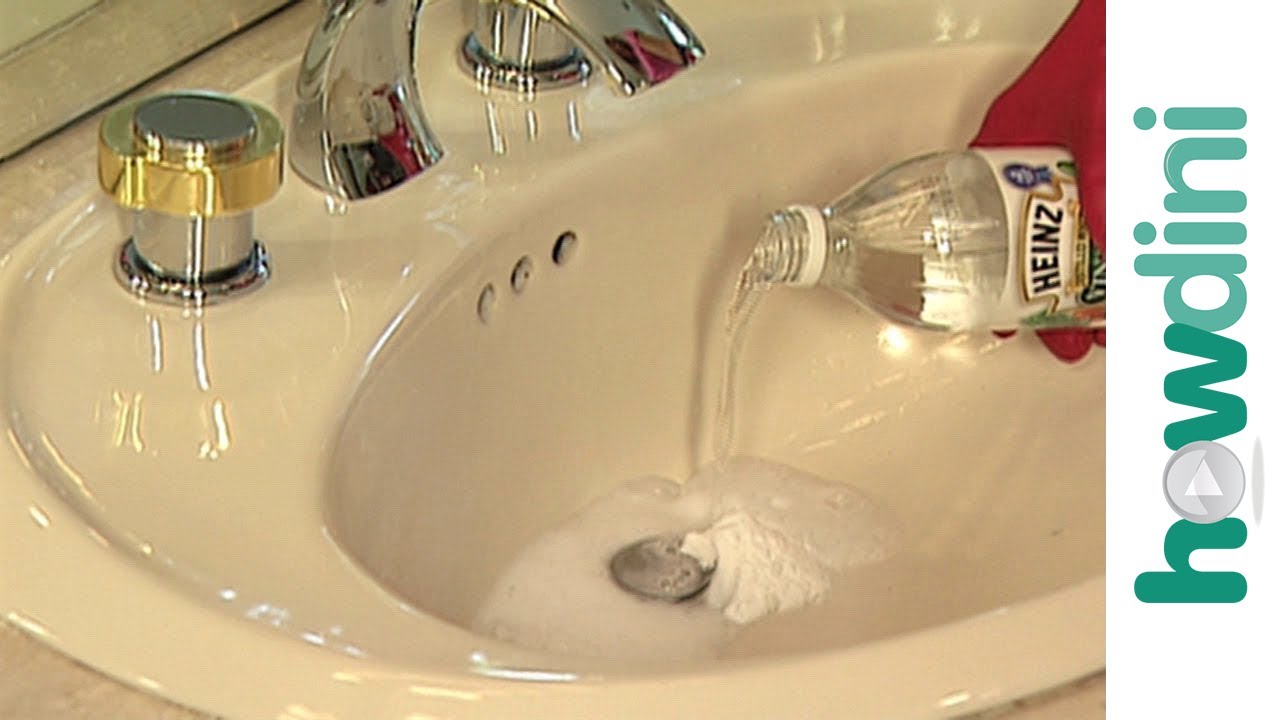
Common Causes of a Clogged Kitchen Sink
 Aside from the usual suspects like food scraps and grease buildup, there are other reasons why your kitchen sink may be clogged. One of the most common causes is a blocked or damaged drainpipe. Over time, debris and gunk can accumulate in the pipes, causing them to become narrow or completely blocked. Additionally, if your home has hard water, mineral deposits can build up in your pipes and create blockages. Another culprit could be a broken garbage disposal, which can cause food particles to get stuck and clog the drain.
Aside from the usual suspects like food scraps and grease buildup, there are other reasons why your kitchen sink may be clogged. One of the most common causes is a blocked or damaged drainpipe. Over time, debris and gunk can accumulate in the pipes, causing them to become narrow or completely blocked. Additionally, if your home has hard water, mineral deposits can build up in your pipes and create blockages. Another culprit could be a broken garbage disposal, which can cause food particles to get stuck and clog the drain.
Why You Shouldn't Ignore a Clogged Kitchen Sink
 A clogged kitchen sink may seem like a minor inconvenience, but it can actually lead to bigger problems if left untreated. Standing water in your sink can attract pests and bacteria, creating an unsanitary environment in your kitchen. It can also cause unpleasant odors and potentially damage your pipes, leading to costly repairs in the future. If you notice that your sink is draining slowly or not at all, it's important to address the issue promptly to prevent further damage.
A clogged kitchen sink may seem like a minor inconvenience, but it can actually lead to bigger problems if left untreated. Standing water in your sink can attract pests and bacteria, creating an unsanitary environment in your kitchen. It can also cause unpleasant odors and potentially damage your pipes, leading to costly repairs in the future. If you notice that your sink is draining slowly or not at all, it's important to address the issue promptly to prevent further damage.
What to Do When You've Tried Everything
 If you've tried all the DIY methods to unclog your kitchen sink and it's still not draining properly, it may be time to call in the professionals. A licensed plumber has the expertise and specialized tools to effectively remove stubborn blockages and repair any underlying issues with your plumbing. They can also provide tips on how to prevent future clogs and maintain the overall health of your kitchen sink.
In conclusion
, a clogged kitchen sink can be a frustrating problem to deal with, but it's not one that should be ignored. By understanding the common causes and taking preventative measures, you can keep your sink running smoothly. And if all else fails, don't hesitate to seek help from a professional plumber. Your kitchen sink will thank you.
If you've tried all the DIY methods to unclog your kitchen sink and it's still not draining properly, it may be time to call in the professionals. A licensed plumber has the expertise and specialized tools to effectively remove stubborn blockages and repair any underlying issues with your plumbing. They can also provide tips on how to prevent future clogs and maintain the overall health of your kitchen sink.
In conclusion
, a clogged kitchen sink can be a frustrating problem to deal with, but it's not one that should be ignored. By understanding the common causes and taking preventative measures, you can keep your sink running smoothly. And if all else fails, don't hesitate to seek help from a professional plumber. Your kitchen sink will thank you.






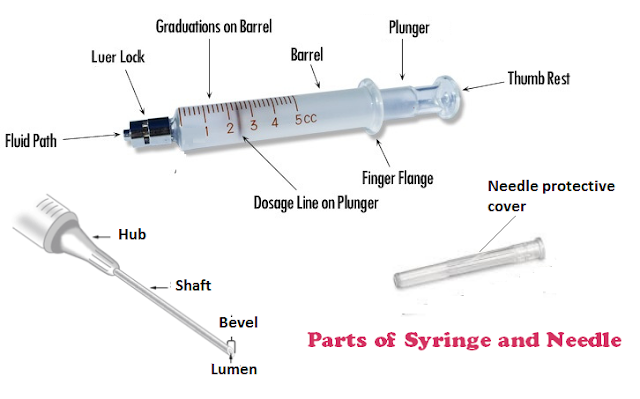
























/boiling-water-on-gas-stove-143735234-5790aeb35f9b584d2005e949.jpg)
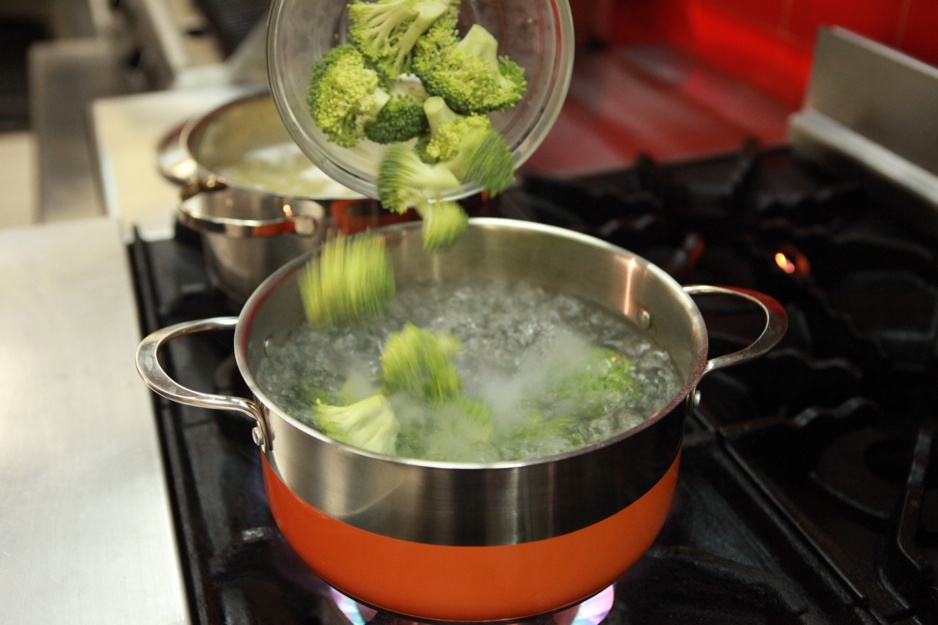










:max_bytes(150000):strip_icc()/Vastar-4-Pack-Drain-Snake-50b0e77281b244e386d046ca25ba76b6.jpg)














/GettyImages-80566571-5a1ca234aad52b00373338ff.jpg)






/Salting-Water-58ebd6245f9b58ef7e798efb.jpg)



/GettyImages-1166175911-fafaea7fa0f54e418c93d8aff001460b.jpg)









